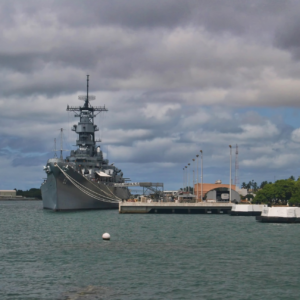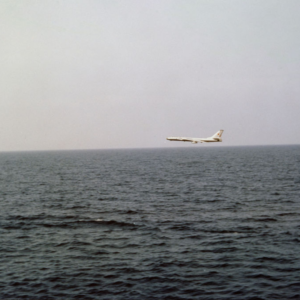The US Air Force B-29 Origins of the Russian Tupolev TU-4
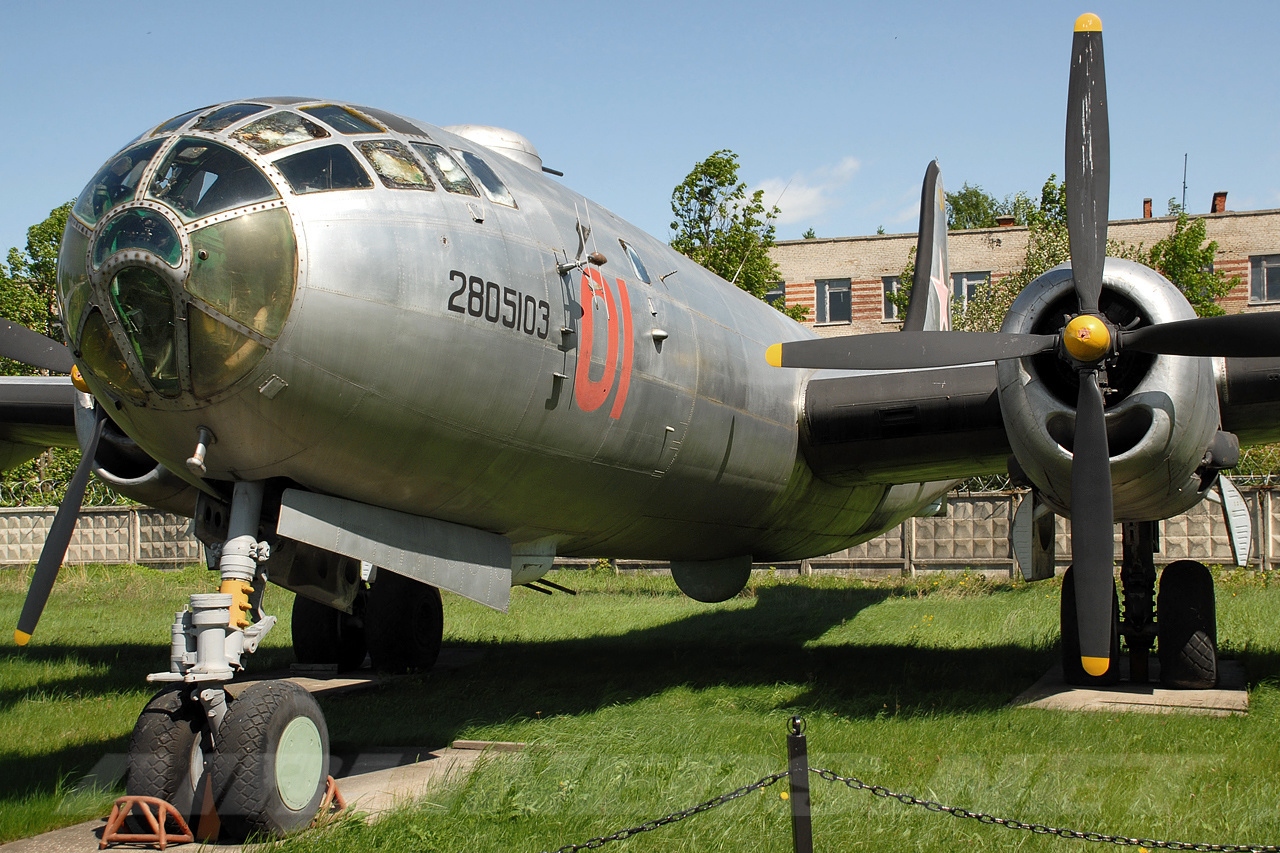
The Tupolev Tu-4 technically originate to the decade before WWII, which was a time of extraordinary aeronautical design development for the US military. The B-17 Flying Fortress and the B-24 Liberator both played a key role in the Battle for Europe, but a bigger, better, longer range bomber, the Boeing B-29 Superfortress was on its way.
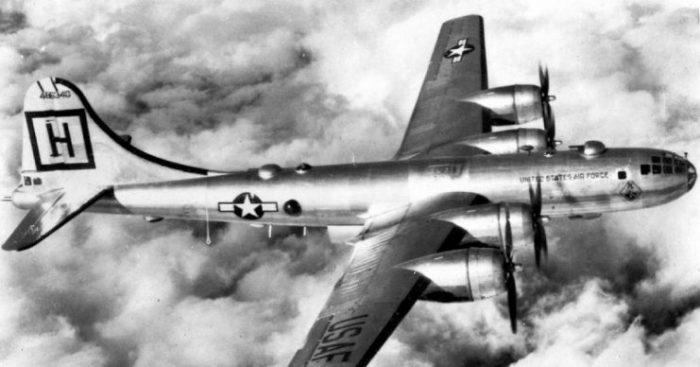
B-29 Superfortress in Flight.
In the period between WWI and WWII the fledgling Soviet USSR had also tried to develop its own air fighting capability, but its strategic bomber fleet was dated. On the ground the Russians were unrivalled in terms of tank technology and other heavy weapons, however, their command of the skies was limited. Josef Stalin looked to the West and realised that what the USSR lacked was the expertise to rival the USA.
Strained relations between the USSR and Allied forces took a turn for the better when the non-aggression pact signed by both Hitler and Stalin was reneged upon by the Axis regime in June 1941. Hitler’s invasion of Russia, Operation Barbarossa, sent shockwaves through the region and spurred the USSR to request military aid from both the UK and USA.
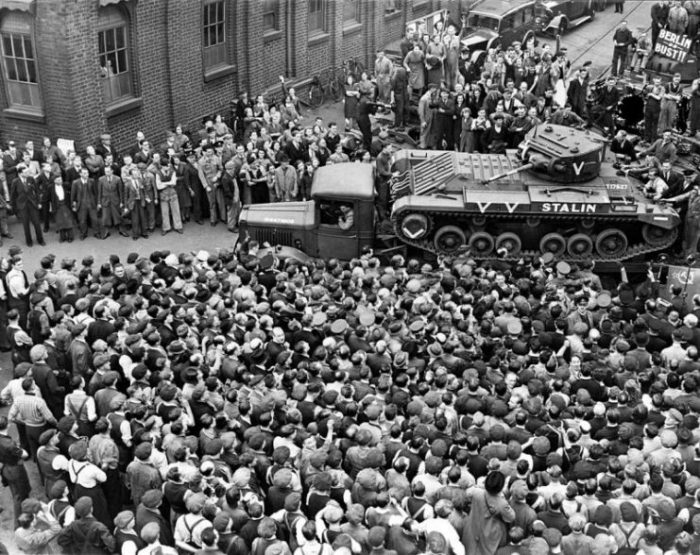
A Valentine tank destined for the Soviet Union leaves the factory in Britain.
The US Air force was happy to send the Russians their Bell P-39 Airacobra fighter planes, which were widely disliked by American pilots. By comparison the Soviet Air Force ended up recording the highest number of kills attributed to any USAF fighter plane, in any conflict.
What did not go the Soviet’s way was a request for delivery of the American’s strategic long-range bomber, the B-29 Superfortress. The Russians had nothing like it in their fleet. The B-29 was an entirely new generation of aircraft.
By the end of the War in Europe, Stalin’s Soviet military machine had bulldozed Germany into submission and an uneasy accord remained between the Russians and the Allies, neither quite trusting the other side, making fertile ground for the coming cold war. In the Eastern regions of the Soviet Union, in Manchuria and other Northern areas, the Soviets had been able to capture five B-29s.
These planes had either crash-landed or otherwise made emergency landings due to poor weather, lack of fuel or for other reasons after completing their bombing missions on Japanese targets throughout Japan, China and other Western Pacific targets. The crews were captured and sent back to the USA, but the aircraft remained in the USSR, where engineers pored over them, taking them to pieces and attempting to remake the aircraft.
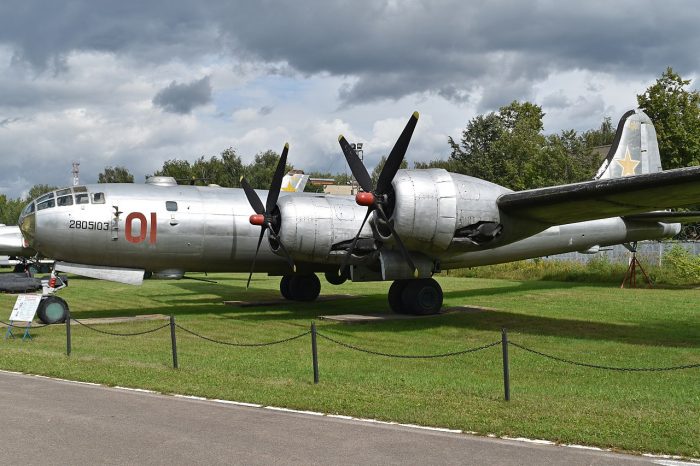
The Soviet Tupolev Tu-4. Image by Alan Wilson CC BY-SA 2.0
Joseph Stalin demanded the aircraft be an exact clone with almost no exceptions, and the entire project was subject to much bureaucratic involvement. The orders from Stalin were wisely taken extremely seriously, which meant mountains had to be moved to be as close a copy as physically possible. This included solving the issue of using the metric measuring system instead of imperial in the US, causing the measuring of the aircraft to greatly complicated.
Materials had to be brought into production that didn’t exist at that time in the USSR, and many Soviet design principles were bypassed to maintain identicality. Permission was required from high ranking officials just to use Soviet made parachutes. It was a titanic task, and it took a team of engineers until 1947 to get a fully Soviet version up in the air.
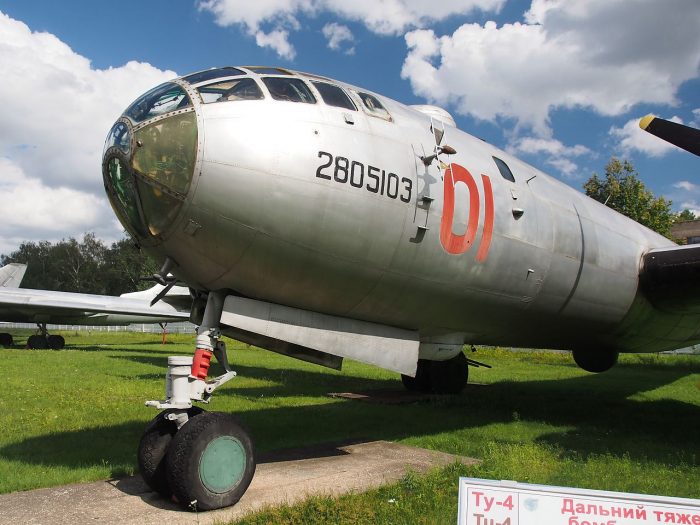
To the untrained eye the Tupolev Tu-4 is identical to the B-29.
The aircraft was named the Tu-4, and the DNA of the aircraft was absolutely clear to international observers. The fuselage was identical to the B-29, the wingspan had not changed at all. The ceiling of the aircraft was higher than the B-29 because the Tu-4 was built using more aluminium than its American cousin.
It was an exact identical copy of the B-29, under strict orders from Stalin to copy the aircraft down the the last rivet.
The Soviets built almost eight-hundred and fifty Tu-4 aircraft over the next five years, cementing the USSR air force’s strategic bomber capability, adding air-to-air missiles and, in 1949, a nuclear payload. This worried the American government who realised the Tu-4 could, theoretically fly a one-way mission to drop bombs on Los Angeles or Chicago, and so they instigated air combat practice to defend against such a threat.
News
How Hezbollah & Israel counter-attack after the Lebanon Explosion
How Hezbollah & Israel counter-attack after the Lebanon Explosion This is how Hezbollah responded to Israel after the sophisticated pager and walkie-talkie explosions, which occurred across Lebanon. They retaliated by launching guided missiles for the first time. The three strikes…
[MUST WATCH] In pictures: The deadliest day in Lebanon in nearly a year of conflict
In pictures: Israel strikes hundreds of Hezbollah targets in Lebanon Israel attacked hundreds of Hezbollah targets on Monday in airstrikes, making it the deadliest day in Lebanon in nearly a year of conflict. Smoke billows over southern Lebanon following Israeli…
BREAKING NEWS: US sends more troops to Middle East as violence rises between Israel and Hezbollah
US sends more troops to Middle East as violence rises between Israel and Hezbollah Violence between Israel and Hezbollah is raising risk of a greater regional war. WASHINGTON — The U.S. is sending a small number of additional troops to the…
Easy Company Facts Even Hardcore Fans of ‘Band of Brothers’ Don’t Know
Photo Credit: HBO / Getty Images HBO’s 2001 miniseries, Band of Brothers, has continued to gain popularity in the decades since its release. This is partly due to later generations having greater access to the series – in particular, via…
Mighty MO – USS Missouri (BB-63) Video and Photos
There are three other ships in the United States Navy which were named after the state of Missouri besides the battleship USS Missouri (BB 63), and although she became associated with the history of the Japanese raid at Pearl Harbor, she…
A Soviet TU-16 medium jet bomber flies past the anti-submarine warfare support aircraft carrier USS Essex
That Time A Soviet Tu-16 Badger Crashed Into The Sea After Buzzing A U.S. Aircraft Carrier A screenshot from the video filmed aboard USS Essex shows the Tu-16 Badger flying very low close to the aircraft carrier. Low pass with…
End of content
No more pages to load




